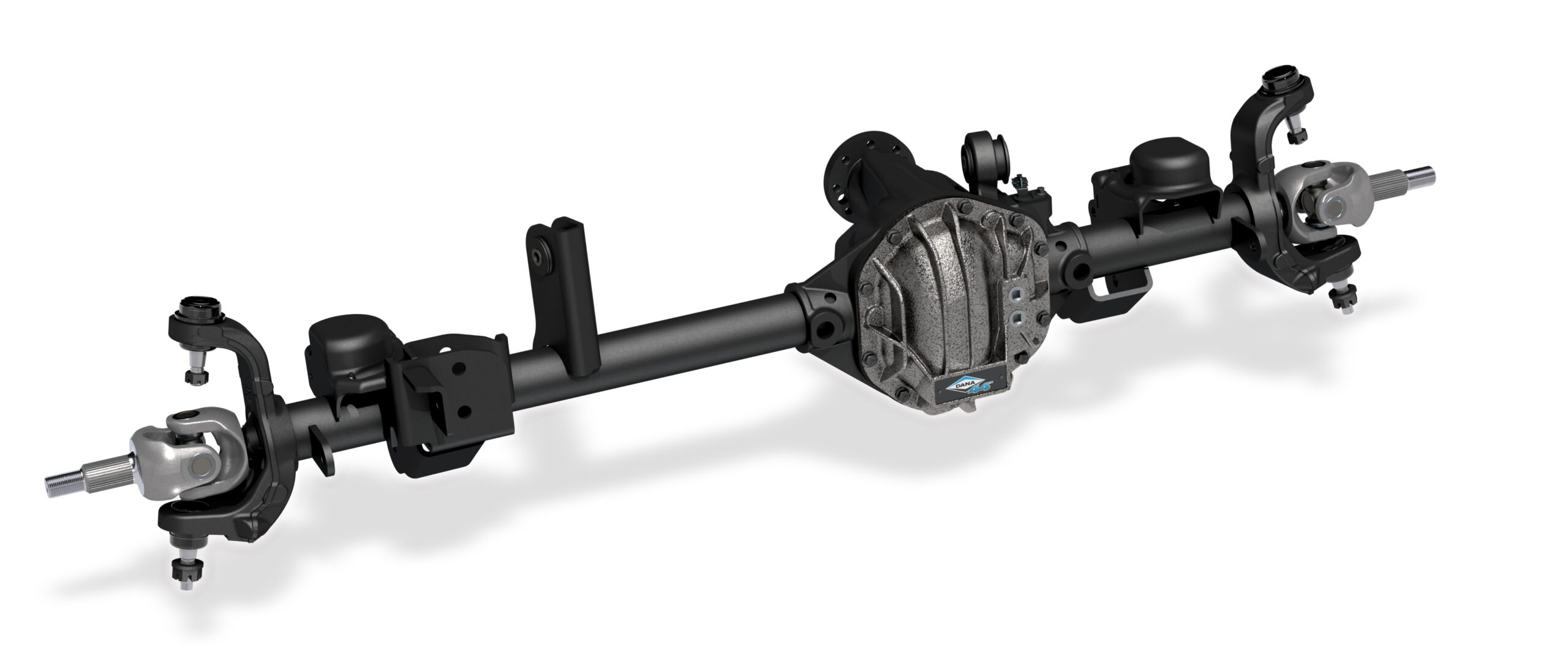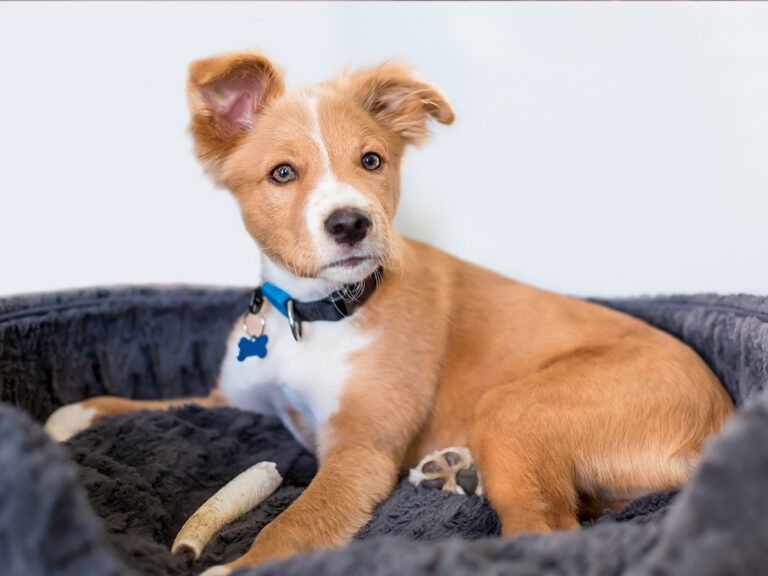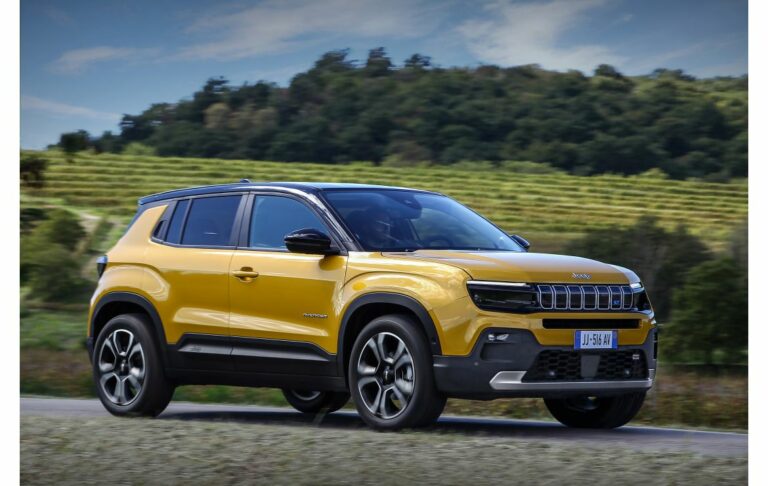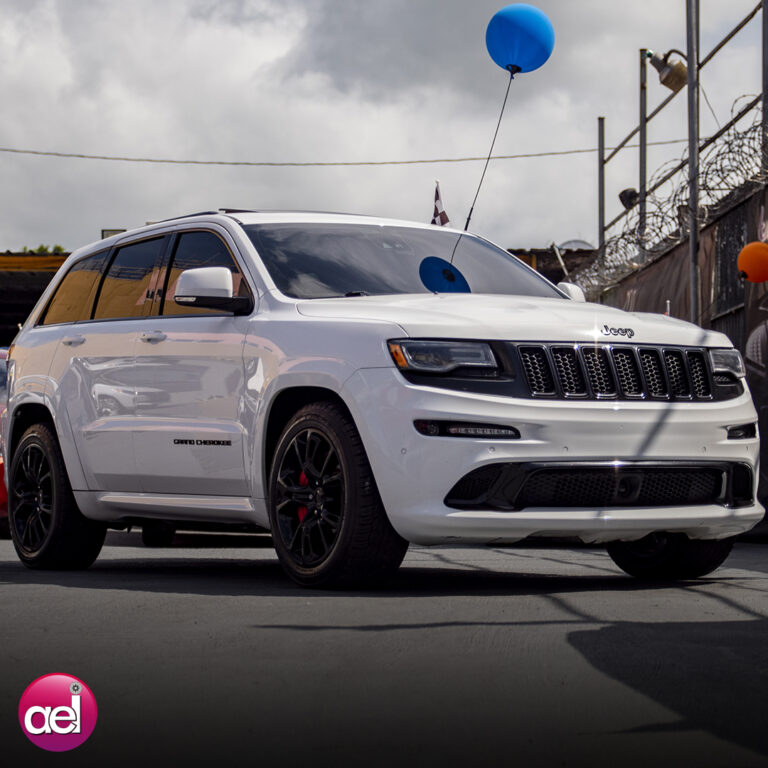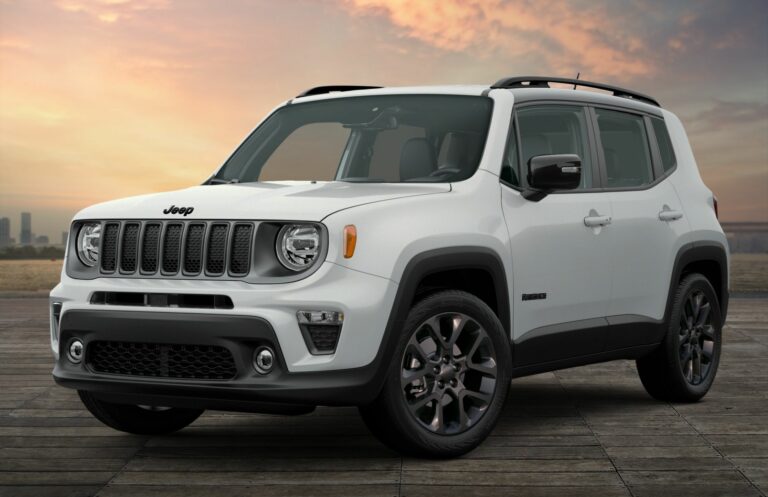Jeep Dana 44 Front Axle For Sale: Your Ultimate Buyer’s Guide
Jeep Dana 44 Front Axle For Sale: Your Ultimate Buyer’s Guide jeeps.truckstrend.com
The heart of any serious off-road vehicle lies in its axles, and for Jeep enthusiasts, few names resonate with as much reverence as the Dana 44. When you see a "Jeep Dana 44 Front Axle For Sale" listing, it often signals an opportunity for a significant upgrade, promising enhanced durability, greater strength, and the ability to conquer more challenging terrains. This comprehensive guide is designed to navigate you through everything you need to know about acquiring a Dana 44 front axle, from understanding its unparalleled appeal to making a smart, informed purchase. Whether you’re looking to upgrade from a weaker Dana 30 or building a custom rig, the Dana 44 is a cornerstone of a capable off-road machine.
Why the Dana 44 Front Axle? Understanding its Enduring Appeal
Jeep Dana 44 Front Axle For Sale: Your Ultimate Buyer’s Guide
The Dana 44 axle has a legendary reputation in the off-road community, and for good reason. It represents a substantial upgrade over the more common Dana 30 front axle found in many stock Jeeps, offering a significant boost in strength and reliability.
Historically, the Dana 44 has been the go-to choice for manufacturers looking to equip their vehicles with robust driveline components, and it has found its way into various high-performance and heavy-duty applications. For Jeeps, specifically, the Dana 44 front axle offers:
- Superior Strength: The Dana 44 features a larger ring and pinion gear (typically 8.5 inches vs. the Dana 30’s 7.125 inches), larger axle shafts, and often thicker axle tubes. This translates directly to a higher load capacity and greater resistance to bending or breaking under extreme stress, especially when running larger tires (35 inches and above) or tackling demanding obstacles.
- Enhanced Durability: With stronger components throughout, the Dana 44 is inherently more durable. This means fewer worries about catastrophic failures on the trail, giving you peace of mind during aggressive off-roading, rock crawling, or even high-speed desert runs.
- Greater Upgrade Potential: The Dana 44 platform boasts a vast aftermarket. From stronger chromoly axle shafts and heavy-duty ball joints to a wide array of lockers (selectable, limited slip, automatic) and gear ratios, the Dana 44 can be easily customized to suit any build and driving style.
- Improved Resale Value: A Jeep equipped with Dana 44 axles, especially the front, is often more desirable in the used market, reflecting its superior capabilities and the investment made in its driveline.

For enthusiasts pushing the limits of their Jeeps, whether through larger tires, more aggressive driving, or engine swaps, the Dana 44 front axle isn’t just an upgrade; it’s often a necessity.
Identifying and Sourcing a Dana 44 Front Axle
Finding the right Dana 44 front axle requires knowing where to look and what to look for. While many Jeeps came with Dana 44 rear axles, Dana 44 front axles were less common as a factory option.
Which Jeeps Came with Dana 44 Fronts?
- Jeep Wrangler TJ Rubicon (2003-2006): These are highly sought after as they were the first Wranglers to offer a factory Dana 44 front axle, complete with air-actuated lockers (Rubicon Express/Air Locker) and 4.10 gears. Their width is suitable for TJ/LJ models.
- Jeep Wrangler JK Rubicon (2007-2018): JK Rubicons also came with Dana 44 front axles, featuring electronic lockers and 4.10 gears (or 3.73 in some early models). These are wider than TJ axles and are generally suitable for JK/JL platforms, though adapters may be needed for bolt patterns.
- Older Jeeps (CJ/YJ): Some very early CJ models (e.g., CJ-5, CJ-7) and a select few YJ Wranglers might have come with Dana 44 front axles, but these are rare and often require significant modification due to narrow widths, different bolt patterns, and leaf spring perches. Most YJs came with a Dana 30 front.

It’s crucial to remember that a significant majority of non-Rubicon Jeeps (TJ, JK, JL) came with a Dana 30 front axle. Always verify the axle type when considering a purchase.
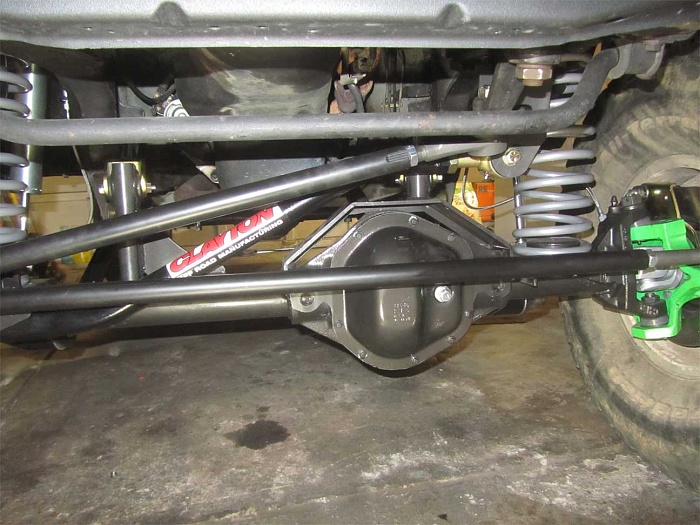
Where to Look for a Dana 44 Front Axle For Sale:
- Online Marketplaces: Websites like Craigslist, Facebook Marketplace, and dedicated off-road/Jeep forums (e.g., JeepForum, Pirate4x4, JK-Forum, TJ-Forum) are prime hunting grounds for used axles. Be prepared to travel for a good deal.
- Junkyards/Salvage Yards: While less common for specific high-demand axles, some specialized salvage yards might have wrecked Rubicons or other vehicles that yield a Dana 44.
- Specialty Off-Road Shops: Many shops that perform custom builds or axle swaps often have "take-off" axles for sale, or they can source and build one for you.
- New Aftermarket Options: For those seeking ultimate strength and customization, companies like Dynatrac, Currie Enterprises, G2 Axle & Gear, and Spidertrax offer brand-new, purpose-built Dana 44 (or stronger derivatives) front axles. These are significantly more expensive but offer unparalleled performance and peace of mind.
Key Identification Marks:
Always physically inspect the axle. Look for:
- The casting "44" on the differential housing.
- A larger differential cover compared to a Dana 30.
- Larger axle tube diameter (typically 2.5-2.75 inches for D44 vs. 2.25 inches for D30).
Important Considerations Before Buying
Purchasing a Dana 44 front axle is a significant investment. Thorough research and inspection are paramount to ensure you get the right axle for your needs and avoid costly surprises.
- Axle Width: This is perhaps the most critical factor. TJ Rubicon axles are narrower than JK Rubicon axles. An axle that’s too wide or too narrow for your Jeep will lead to fitment issues, requiring costly custom work. Measure hub-to-hub or WMS (Wheel Mounting Surface) to WMS.
- Gear Ratio: Your front and rear axles must have the same gear ratio. If the Dana 44 front has a different ratio than your current rear axle, you will need to re-gear one or both axles. Factor this cost into your budget.
- Locker Type: Determine if the axle comes with a factory locker (e.g., Rubicon E-locker/Air Locker), a limited-slip differential, or an open differential. If it’s open, budget for an aftermarket locker if desired.
- Condition of Used Axles:
- Rust and Corrosion: Surface rust is common, but deep pitting or structural rust is a red flag.
- Bends or Cracks: Carefully inspect the axle tubes and housing for any signs of bending or cracks, especially around welds or mounting points. A bent axle is useless.
- Ball Joints and U-Joints: Check for play. While replaceable, worn components add to your rebuild cost.
- Seals: Look for oil leaks around the pinion seal and inner axle seals.
- Inner Axle Shafts: Ensure they are straight and free from twists or damage.
- Bearing Condition: While hard to check without disassembly, ask about any hums or noises if the axle was recently driven.
- Mounting Brackets: Are the control arm mounts, track bar mount, and shock mounts compatible with your Jeep model? Often, a swap between different Jeep generations (e.g., JK axle into a TJ) will require cutting off and welding on new brackets.
- Steering and Brakes: Most used axles are sold "bare" or with minimal components. Be prepared to source or upgrade brake calipers, rotors, pads, and steering components (tie rod, drag link, steering knuckles) to match the Dana 44’s larger size and your vehicle’s needs.
Types and Configurations of Dana 44 Front Axles for Sale
The market for Dana 44 front axles offers a range of options, each with its own price point and implications.
- Used/Pull-out Axles: These are the most common and often the most affordable. They are axles removed directly from a donor vehicle. Their condition can vary wildly, from barely used to heavily abused. They typically require thorough inspection and may need new wear items (ball joints, U-joints, seals, bearings).
- Rebuilt/Refurbished Axles: These are used axles that have been professionally disassembled, inspected, and reassembled with new wear components (bearings, seals, ball joints). Sometimes, they may include upgraded inner shafts or a new locker. They command a higher price than raw pull-outs but offer more reliability and less immediate work for the buyer.
- Aftermarket/Crate Axles: These are brand-new axles built by specialized manufacturers. They are often stronger than factory Dana 44s, featuring thicker tubes, stronger C-sections, and heavy-duty knuckles. They can be custom-ordered with specific widths, gear ratios, and lockers. While significantly more expensive, they offer peak performance, durability, and a fresh start without the unknowns of a used unit. Examples include Dynatrac ProRock 44, Currie RockJock 44, and G2 Core 44.
The Purchase Process: Tips for a Smooth Transaction
Once you’ve identified a potential Dana 44 front axle for sale, here’s how to proceed to ensure a successful purchase:
- Do Your Homework: Before contacting a seller, know exactly what width, gear ratio, and features you need for your specific Jeep model and intended use.
- Ask Detailed Questions:
- What year and model Jeep did the axle come from?
- What is the current gear ratio?
- Does it have a locker, and if so, what type?
- Are there any known issues (leaks, strange noises, bends)?
- What components are included (knuckles, brakes, steering, shafts)?
- Why is the seller parting with it?
- Can you see photos from multiple angles, especially of the differential, axle tubes, and mounts?
- Inspect Thoroughly (In Person if Possible):
- Bring a straightedge or tape measure to check for bent tubes.
- Look for cracks around welds or mounting points.
- Check for excessive play in ball joints and U-joints.
- Inspect the differential cover for signs of impact or severe rust.
- Turn the input pinion by hand to feel for grinding or excessive play (if possible).
- Negotiate Wisely: Price will depend heavily on condition, included components, and demand. Be prepared to walk away if the price doesn’t match the condition or your budget. Factor in the cost of any necessary repairs or upgrades.
- Plan for Logistics: Dana 44 front axles are heavy and bulky. You’ll need appropriate transportation (a truck or large trailer) and help to load/unload. If shipping, get a detailed quote and ensure proper crating.
Installation and Post-Purchase Considerations
Acquiring the axle is just the first step. Proper installation and follow-up are crucial for optimal performance and longevity.
- Professional vs. DIY: Swapping a front axle is a complex job that requires specialized tools (welder if brackets need changing, torque wrench, lift, etc.) and mechanical expertise. If you’re not comfortable with major automotive work, it’s best to have a reputable off-road shop perform the installation.
- Required Supporting Modifications:
- Driveshaft: You may need a new or modified front driveshaft to accommodate the new axle’s pinion angle or length.
- Brakes: Ensure your brake calipers, rotors, and lines are compatible and in good working order.
- Steering: Upgraded steering components (tie rod, drag link) are highly recommended, especially with larger tires.
- Suspension Components: Depending on the axle’s origin and your Jeep’s setup, you might need different length control arms, track bar, or shock mounts.
- Break-in Procedure: If you re-gear the axle or install new gears, a proper break-in procedure is critical to ensure gear longevity and prevent premature failure. This typically involves several heat cycles and avoiding heavy loads for the first few hundred miles.
- Alignment: After any axle swap, a professional alignment is absolutely necessary to ensure proper steering, tire wear, and vehicle handling.
Dana 44 Front Axle For Sale: Estimated Price Guide
Prices for Dana 44 front axles vary significantly based on condition, origin, included components, and demand. This table provides a general estimate.
| Axle Type/Condition | Typical Price Range (USD) | Key Considerations/What’s Included |
|---|---|---|
| Used/Pull-out (Bare) | $500 – $1,200 | Housing, internal gears (unknown condition), no brakes/knuckles/shafts. Requires full rebuild. |
| Used TJ Rubicon (Complete) | $1,500 – $2,500 | Includes shafts, knuckles, brakes, factory locker, 4.10 gears. May need new ball joints/seals. Sought after due to width. |
| Used JK Rubicon (Complete) | $1,800 – $3,000 | Includes shafts, knuckles, brakes, factory E-locker, 4.10 gears. Wider than TJ axles. Often needs bracket swap for TJ/YJ. |
| Rebuilt/Refurbished | $2,500 – $4,000 | Used housing, new bearings, seals, ball joints, sometimes new shafts/locker. Professional build, less immediate work. |
| Aftermarket "Crate" (Base) | $4,000 – $6,000 | Brand new, stronger housing/tubes, choice of gear ratio, open diff. May not include knuckles/brakes. |
| Aftermarket "Crate" (Premium) | $6,000 – $10,000+ | Brand new, heavy-duty, includes lockers (e.g., ARB, Eaton), upgraded shafts (chromoly), specific width/bolt pattern. Ready to bolt in. |
Note: These prices are estimates and can fluctuate based on market demand, location, seller, and specific features. Always verify what is included in the sale.
Frequently Asked Questions (FAQ)
Q: Can I swap a Dana 44 front axle into my Jeep that currently has a Dana 30?
A: Yes, absolutely. This is a very common and highly recommended upgrade for Jeeps looking for increased off-road capability. However, it’s not a direct bolt-in swap for most models and will likely require modifying or replacing control arm mounts, track bar mounts, and potentially steering components and driveshafts to match the new axle.
Q: What’s the biggest tire size I can run with a Dana 44 front axle?
A: A stock Dana 44 front axle can generally handle 35-inch tires reliably for moderate off-roading. With upgraded chromoly axle shafts, stronger ball joints, and proper gearing, many enthusiasts run 37-inch tires, and some even push to 38s or larger, especially with aftermarket Dana 44 derivatives (like a ProRock 44). Driving style and terrain also play a significant role.
Q: Do I need to re-gear my rear axle if I get a Dana 44 front with a different ratio?
A: Yes, absolutely. Your front and rear axle gear ratios must match exactly. Driving with mismatched ratios will cause severe driveline binding and quickly destroy your transfer case and axles.
Q: What’s the difference between a JK Rubicon Dana 44 and a TJ Rubicon Dana 44?
A: The main differences are width (JK is significantly wider), bolt pattern (JK is 5×5", TJ is 5×4.5"), axle tube diameter (JK is larger), and steering/brake components. While both are Dana 44s, swapping a JK axle into a TJ requires extensive modification, including cutting off and welding on new suspension brackets and potentially wheel adapters or different wheels.
Q: Are all Dana 44 axles the same?
A: No, not at all. While they share the "44" designation for the ring and pinion size, there are vast differences in axle tube thickness, housing casting (e.g., high pinion vs. low pinion), C-section strength (where the knuckle attaches), inner axle shaft spline count, and width, depending on the vehicle they came from and whether they are factory or aftermarket. Always verify the specifics.
Q: What should I look for to avoid buying a bent Dana 44 axle?
A: Visually inspect the axle tubes for any bowing or unevenness. Use a straightedge along the length of the tube or measure from a consistent point on the housing to both ends of the tubes. Check for uneven tire wear patterns if the axle is still on a donor vehicle. A bent axle is a major issue and usually requires professional straightening or replacement.
Conclusion
The "Jeep Dana 44 Front Axle For Sale" listing represents an exciting opportunity for any Jeep owner serious about enhancing their vehicle’s off-road prowess. As a robust and highly capable axle, the Dana 44 provides the strength and durability necessary to tackle challenging trails, run larger tires, and withstand the rigors of aggressive driving.
By understanding its benefits, knowing where to source one, meticulously considering its condition and specifications, and budgeting for associated costs, you can make an informed decision. Whether you opt for a carefully inspected used unit or invest in a top-tier aftermarket solution, the upgrade to a Dana 44 front axle is a foundational step in building a truly formidable off-road machine. It’s an investment that pays dividends in confidence, capability, and countless adventures on the trail.

